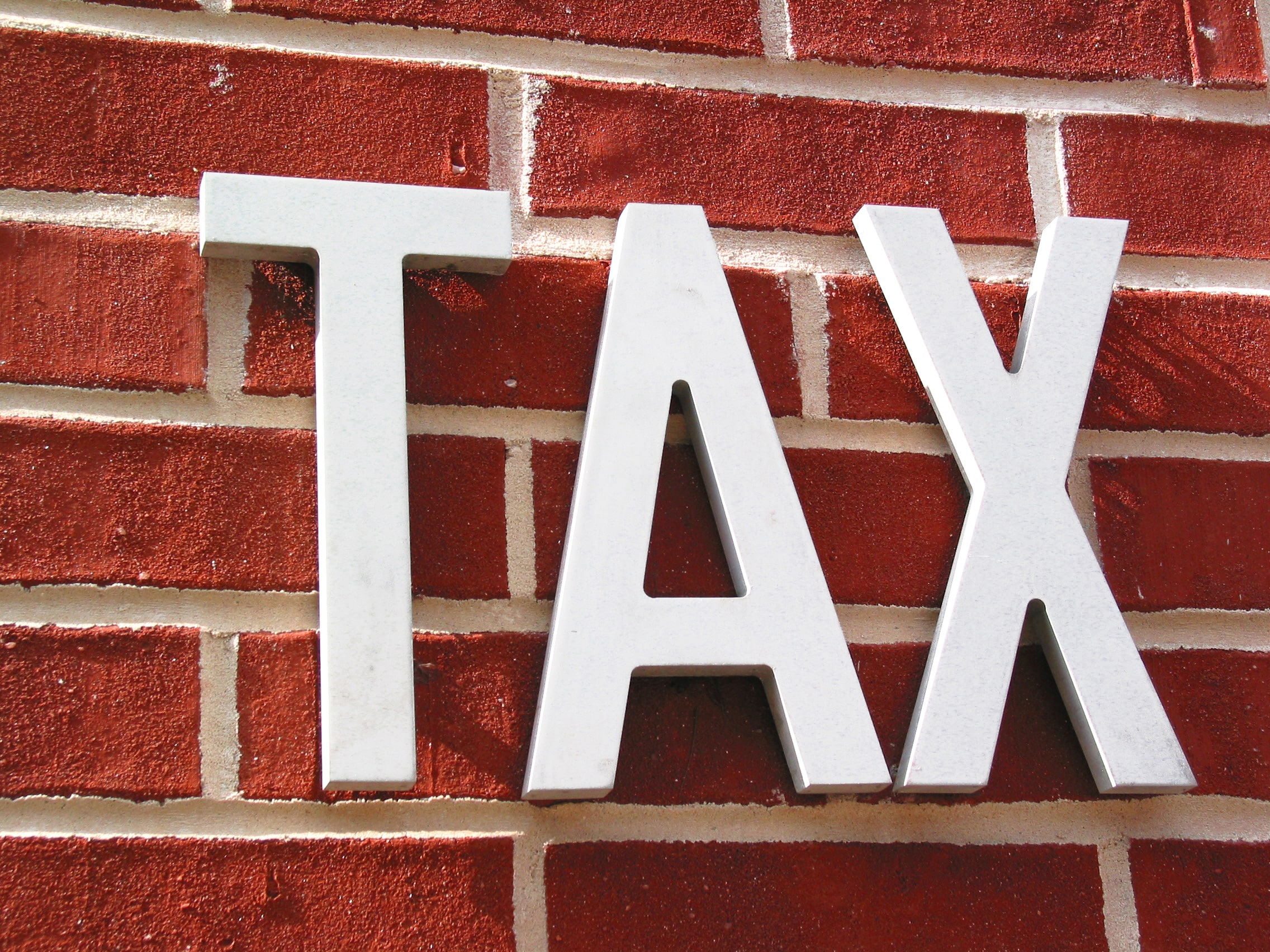The IRS Notice Publication 1450 (Rev. 07-2018) released by the Internal Revenue Service provides instructions for requesting a certificate of release of federal tax liens. The opening part of the notice reads thus:
Section 6325(a) of the Internal Revenue Code directs us to release a Federal tax lien within 30 days of when the liability is fully paid or becomes legally unenforceable, or the IRS accepts a bond for payment of the liability. When all the liabilities shown on the Notice of Federal Tax Lien are satisfied, we will issue a Certificate of Release of Federal Tax Lien for filing in the same recording office where the notice of lien was filed.
Steps before IRS Notice 1450
Tax Lien:
Tax liens are one of the primary tools that the IRS uses to collect outstanding taxes. The IRS also uses the levy process, or seizures, to collect taxes where available.
What is a Lien?
A lien is a charge or encumbrance on the property of another, serving as a security for a debt or obligation. A lien does not affect the ownership of the property. It only identifies that there is a claim against the property and releases it upon payment of the claim. Note that whether you sell, transfer, or liquidate the property, the lien remains attached to the property if not removed.
Federal tax lien:
Other names of the federal tax lien are the “statutory lien” or “silent lien.” There are three categories, namely common-law liens, consensual liens, and statutory liens. The tax lien created under the Internal Revenue Code is a statutory lien.
Furthermore, statutory tax liens can be general or special liens. A special tax lien applies to estate and gift taxes, which arise upon the date of death or date of the gift, as the case may be. General tax liens attach to all the taxpayer’s property or rights to property as security for a tax liability.
When a Federal Tax Lien Arises:
When any person who is liable to pay any federal tax defaults to do so after the government has made a demand for that payment, the IRS will place a federal tax lien. Any person as used here includes the following people: An individual, trusts, estates, partnerships, associations, companies, and corporations. The lien takes effect the moment the government assesses the tax.
Span of Federal Tax Lien:
The federal tax lien will subsist prior to the satisfaction of tax liability or become unenforceable by lapse of time. Generally, the lifespan of an IRS notice 1450 is a ten-year period after assessment. The IRS must collect the tax liability within the period; if not, the liability becomes unenforceable. There are, however, circumstances where the collection period may be suspended or extended, as outlined in IRC 6502.
Properties to which tax lien attaches:
A federal tax lien attaches to all properties and rights to property of the taxpayer. The scope of property goes beyond the tangible properties of the taxpayer to intangible properties and rights of the taxpayer, including;
- Future interests
- Contingent interests
- and executory contracts.
Therefore, the IRS can take collection action against the taxpayer’s personal properties such as:
- Automobiles
- Goods
- Interests in trusts
- Partnership interests.
Intangible items include:
- Certificates of stock
- Bonds
- Promissory notes
- Licenses
- Goodwill
- Debts owed to the taxpayer
- Patents
- Copyrights
- Trademarks
- Franchises
- “Choices in action.”
The federal tax lien can attach to a taxpayer’s interest in a bank account even when the bank account is in the joint names of the taxpayer and others. It attaches to the taxpayer’s wages also.
It further attaches any property acquired by the taxpayer during the existence of the lien once the lien has come into existence. This feature differentiates it from a typical mortgage which does not attach to a person’s after-acquired property.
The only exempt property is any interest in restricted land held in trust by the United States for an individual noncompetent Indian.
What is NFTL?
An NFTL is a tax document that lists about 15 statutory liens against a tax payer and is publicly filed with state and local jurisdictions. It is not mandatory for the IRS to file a NFTL for the federal tax lien to attach. The essence of filing is to protect the government’s right of priority as against certain third parties, typically a purchaser, holder of a security interest, or judgment lien creditor.
Filing of NFTL:
The NFTL for real property is filed at the state office at the physical location of the property. On the other hand, the personal property is filed in the state of residence of the taxpayer at the time the notice of lien is filed.
Notice of Federal Tax Lien:
Normally, the Service must generally notify the taxpayer within 5 business days after the date of filing the first NFTL for a tax period. Furthermore, the agency must serve the notice of lien in person, leave it at the taxpayer’s home or place of business, or send it by certified or registered mail to the person’s last known address. Also, the notice must inform the taxpayer of the amount of the unpaid tax, the taxpayer’s right to request a hearing, the available administrative appeals procedures, and applicable procedures for releasing the lien.
IRC § 6320 gives the taxpayer:
- The right to challenge a NFTL filing,
- Request a Collection Due Process (CDP) hearing with Appeals,
- and seek judicial review of Appeals’ determination with the Tax Court.
IRS Notice 1450- The release of federal tax lien:
When the Service releases the federal tax lien, the underlying tax lien is extinguished on all of the taxpayer’s property. Significantly, the federal tax lien is released when the liability is fully paid, when the liability becomes legally unenforceable, or when payment of the debt is guaranteed in bond.
Regardless, if the Service fails to release the federal tax lien within 30 days of satisfying your tax liability, you can request a Certificate of Release of Federal Tax Lien following the IRS Notice 1450. You write the request and mail it to the Collection Advisory Group servicing the concerned area.
Obviously, your request must contain the following information:
- The date of your request
- The name and address of the taxpayer
- A telephone number
- A copy of each Notice of Federal Tax Lien you want released
- An explanation of reasons to release the lien
- If applicable, a copy of the canceled check or other proof of payment.
In conclusion, if there is any unpaid balance on your liability, you must pay the balance with guaranteed funds for the immediate issuance of a Certificate of Release. Guaranteed funds include a certified check, cashier’s check, official bank check, or an acceptable money order.


